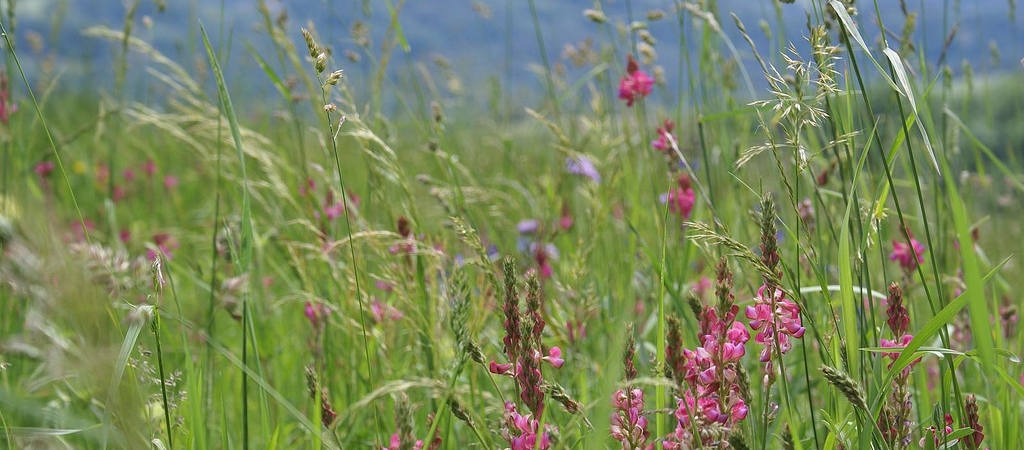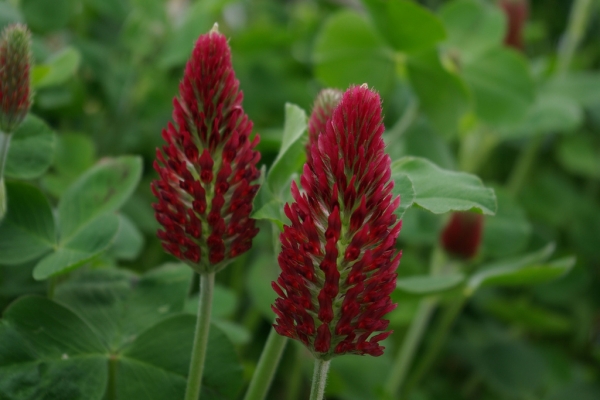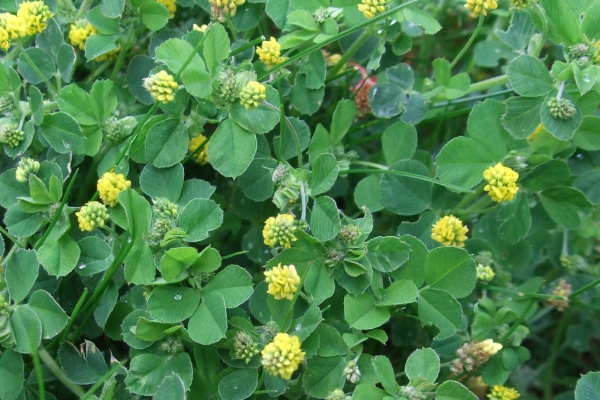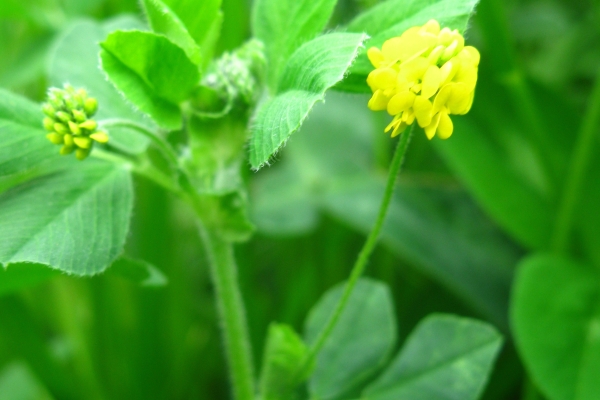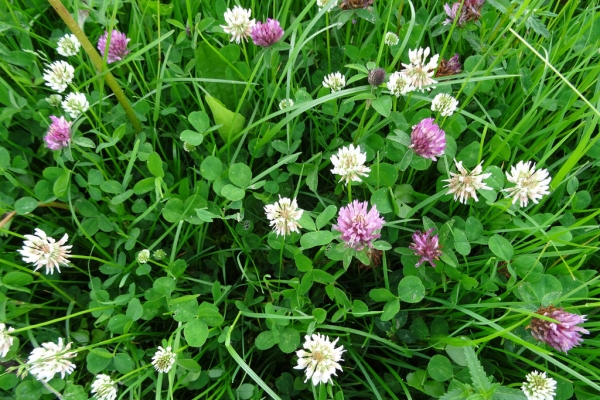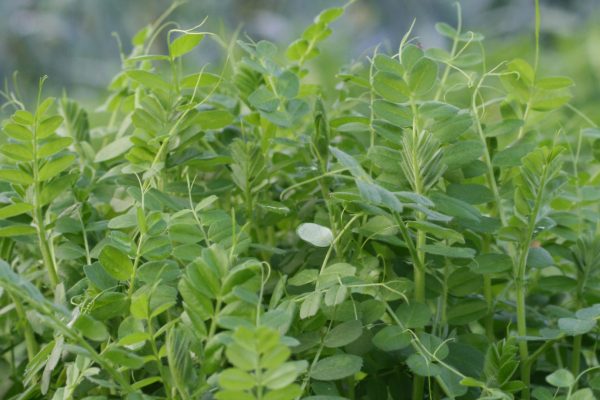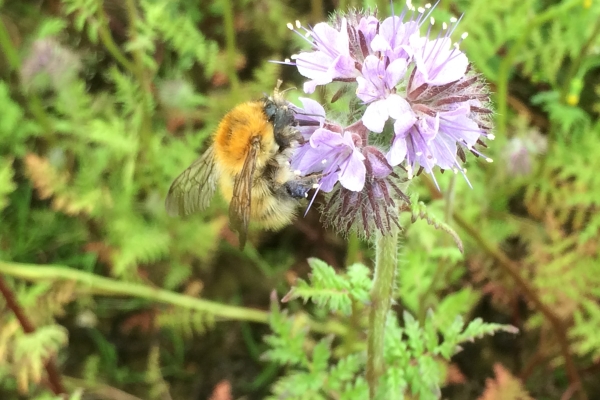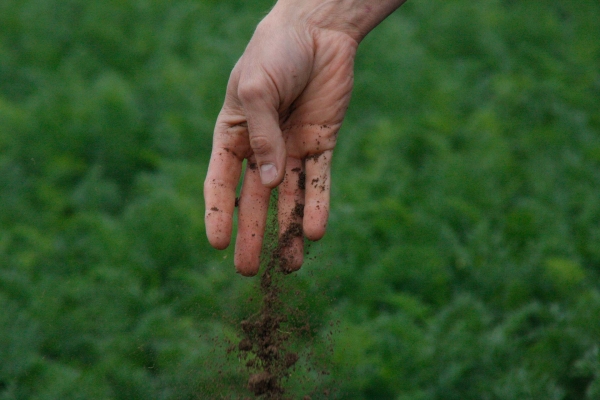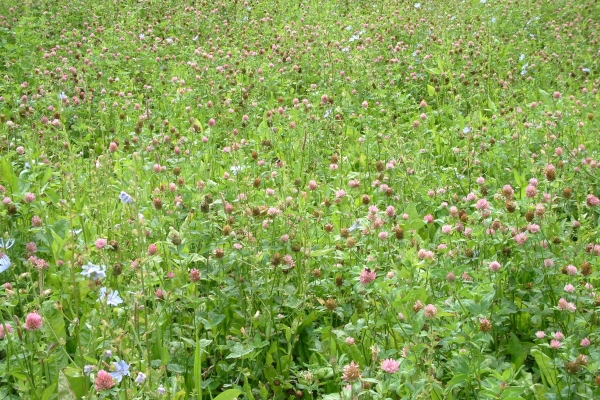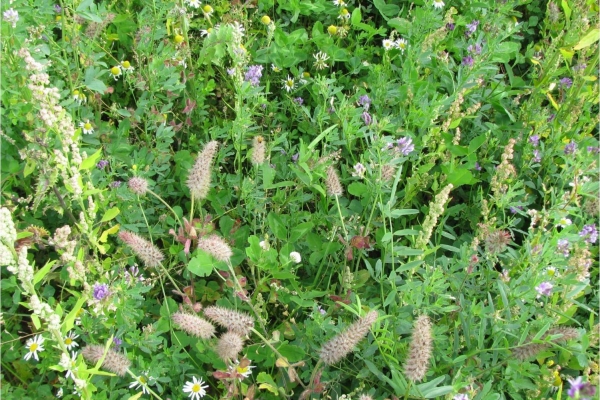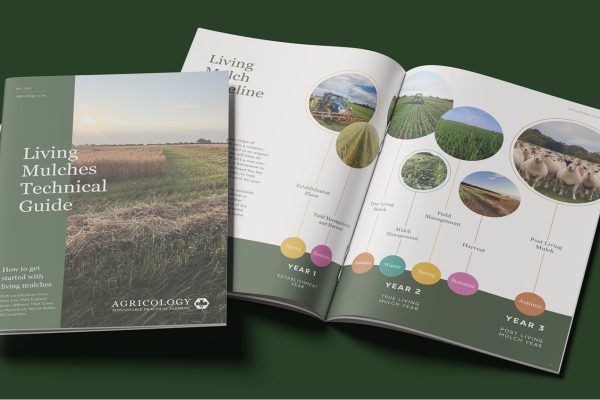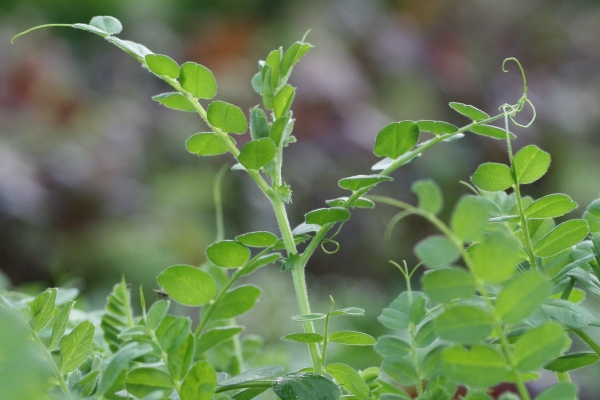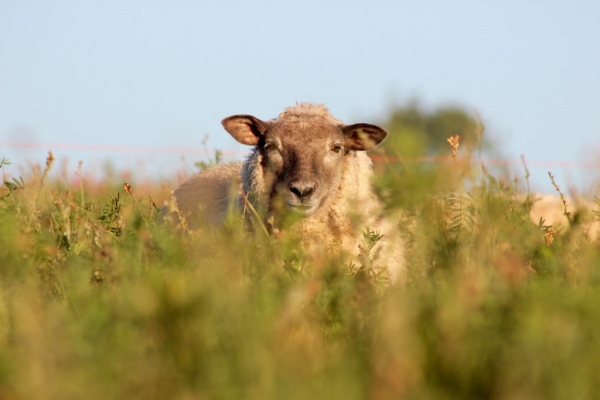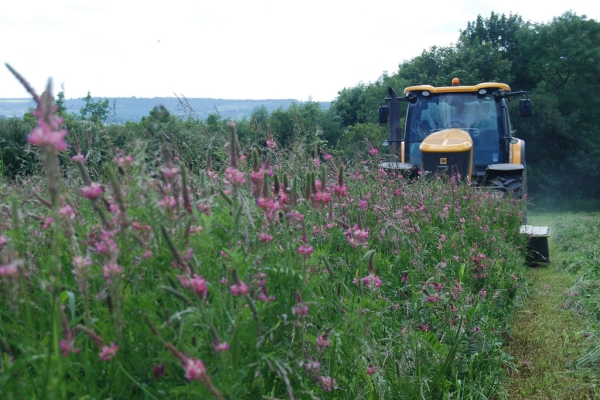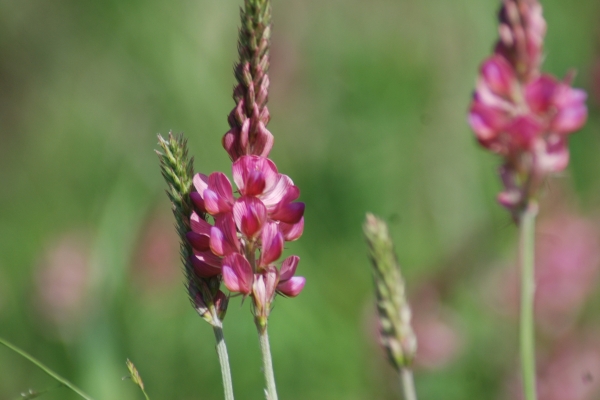Manifold green manures – Part I: Sainfoin and birdsfoot trefoil
(The Organic Grower - No 22 Spring 2013, pp. 34-35)
Resource explained
This is part one of a series of articles published in The Organic Grower that focus on some of the less frequently used legume species trialed in the Legume LINK project. These species can be included in fertility-building mixes to make them more suited to specific soil, climate and management conditions. This article gives detailed information based on relevant literature and how the species were found to perform during the project.
Information on sainfoin covers: history of use, ideal growing conditions, soil pH requirements, establishment, productivity, sowing rate, sowing times, crop competition, persistence in the sward, nitrogen (N) fixation efficiency, lignin and polyphenol content, forage value and anthelmintic properties. Information on birdsfoot trefoil covers: pollination, root morphology, emergence and establishment, productivity (growth rate and biomass), root biomass, lignin content, polyphenol content, soil N incorporation, growth in varying environmental conditions, water requirements, cutting tolerance, and forage value.
Findings & recommendations
- Sainfoin thrives on alkaline soils, establishment can be slow but once established it will readily produce biomass in favourable conditions.
- Competition effects can impact on survival when it is grown as part of a mixture, particularly from grasses.
- Sainfoin has lower productivity than some legumes but has other highly beneficial characteristics;it is relatively drought resistant (due to its long tap root), highly palatable, does not cause bloat, and has anti-parasitic properties when fed to livestock. The high levels and diversity of phenolic compounds result in its non-bloating nature, increased protein absorption and palatability, and anthelmintic properties.
- Birdsfoot trefoil has moderate yield levels and can be relatively weak in the establishment phase. However it adapts well to relatively poor soil conditions and is fairly tolerant to both drought and flooding. It provides good forage value (had a higher lignin content than clover species tested), and is a non-bloating species containing condensed tannins. It is highly acceptable to livestock so controlled rotational grazing is recommended.
- Birdsfoot trefoil breaks down more slowly than other species after incorporation, decreasing the risk of nitrogen (N) losses. It was similar to white clover in terms of the amount of soil N pre and post incorporation.
